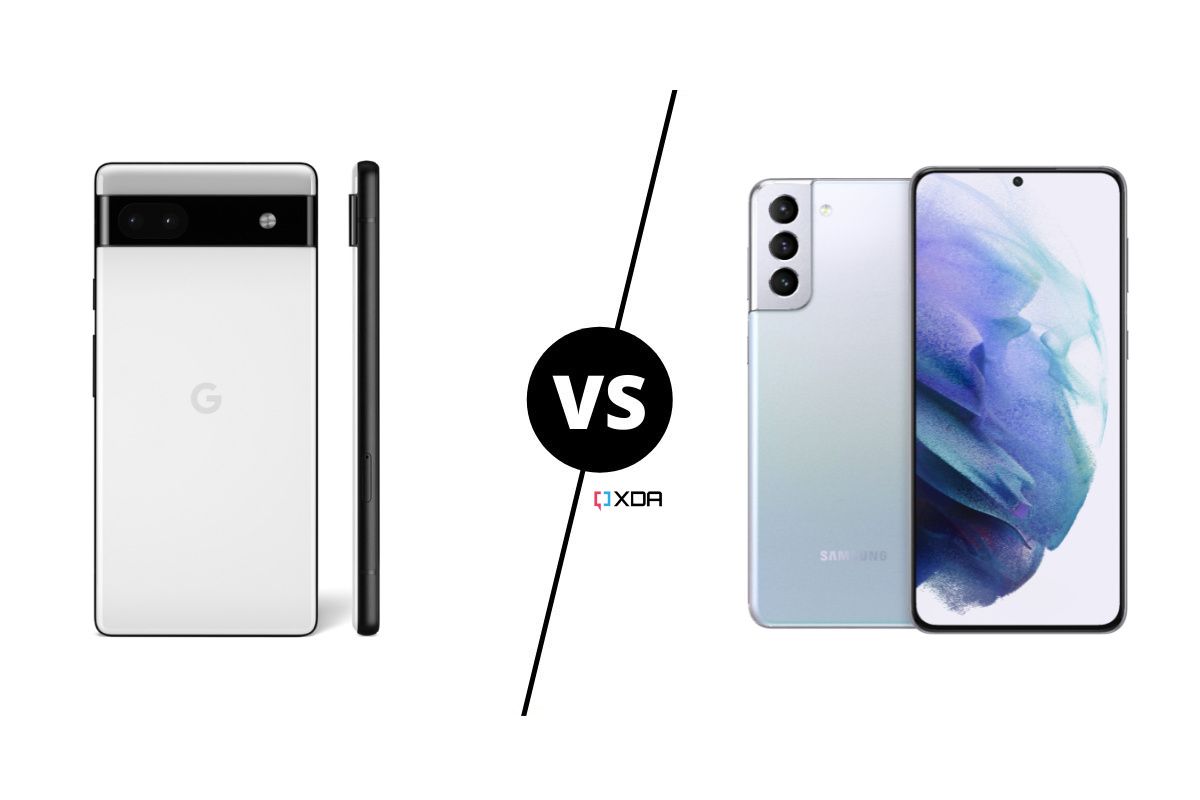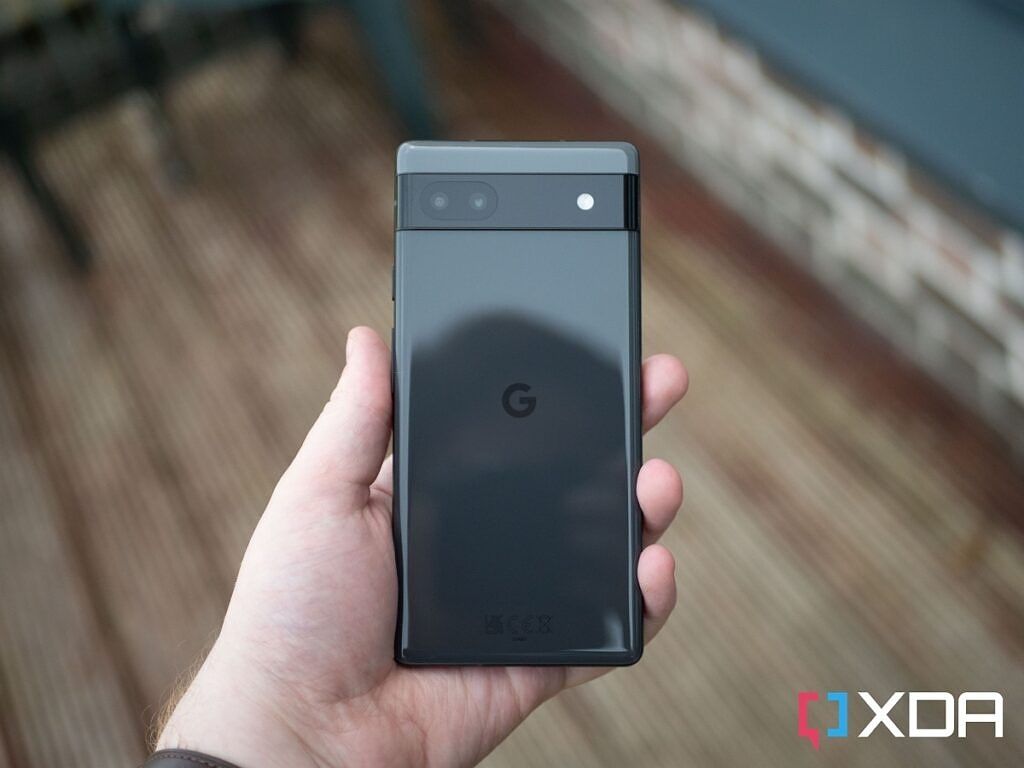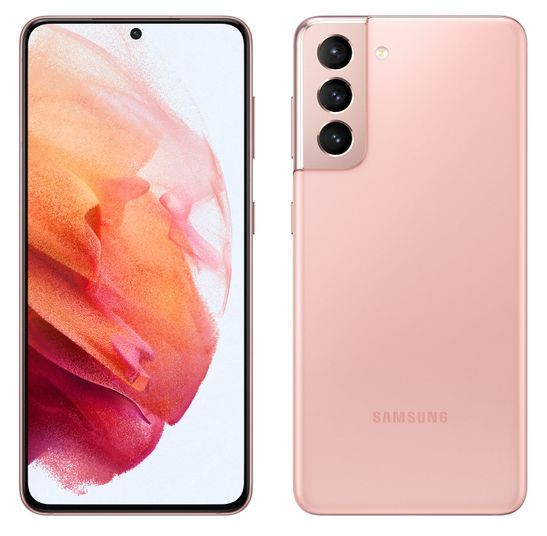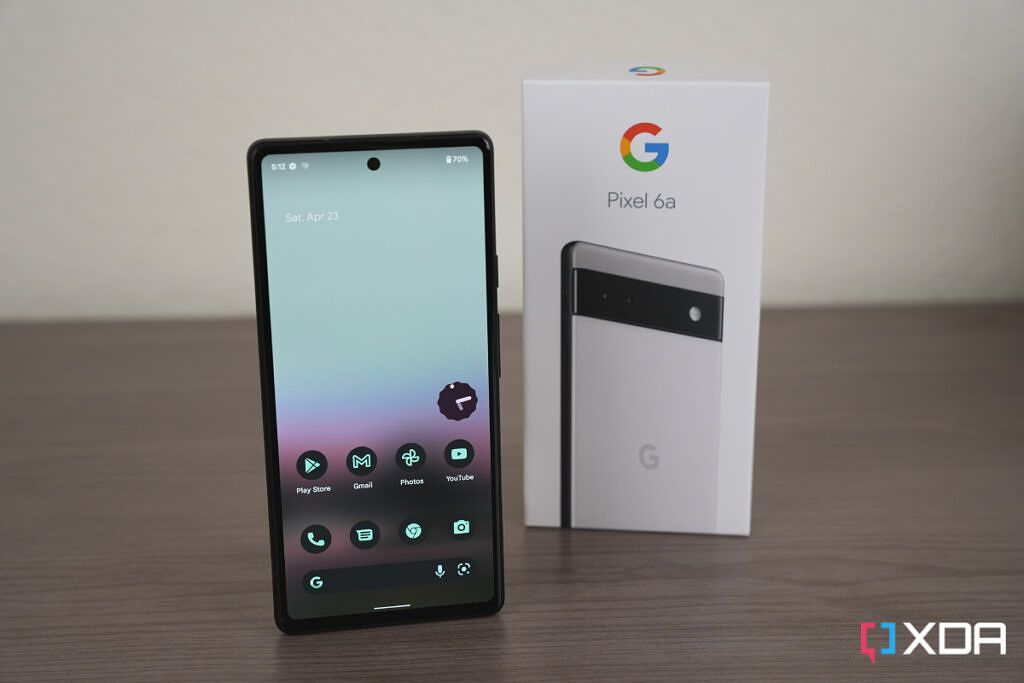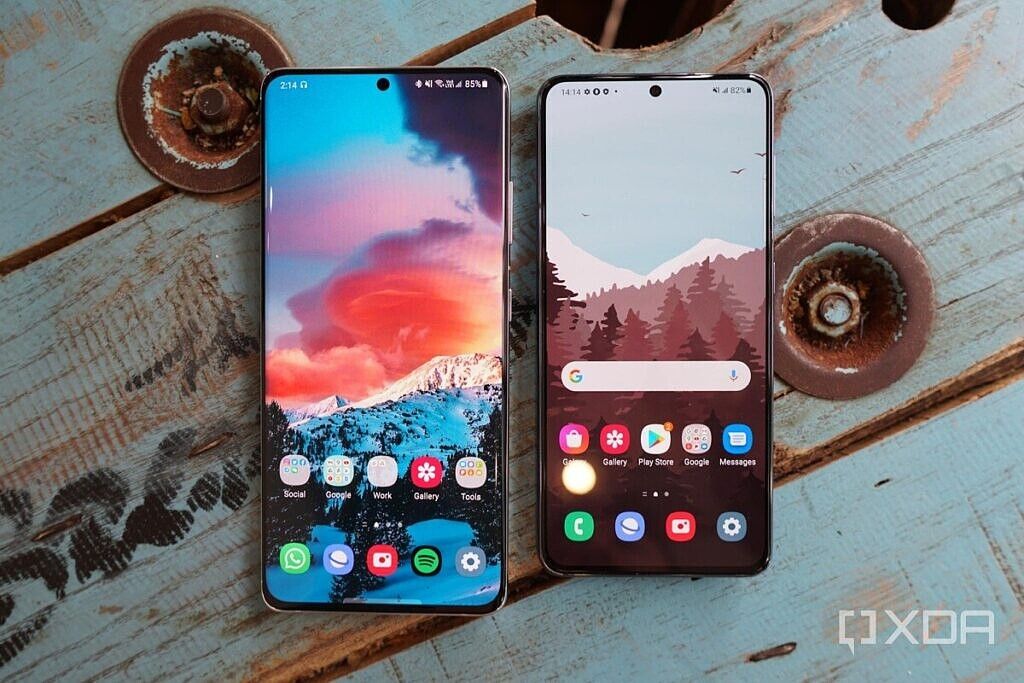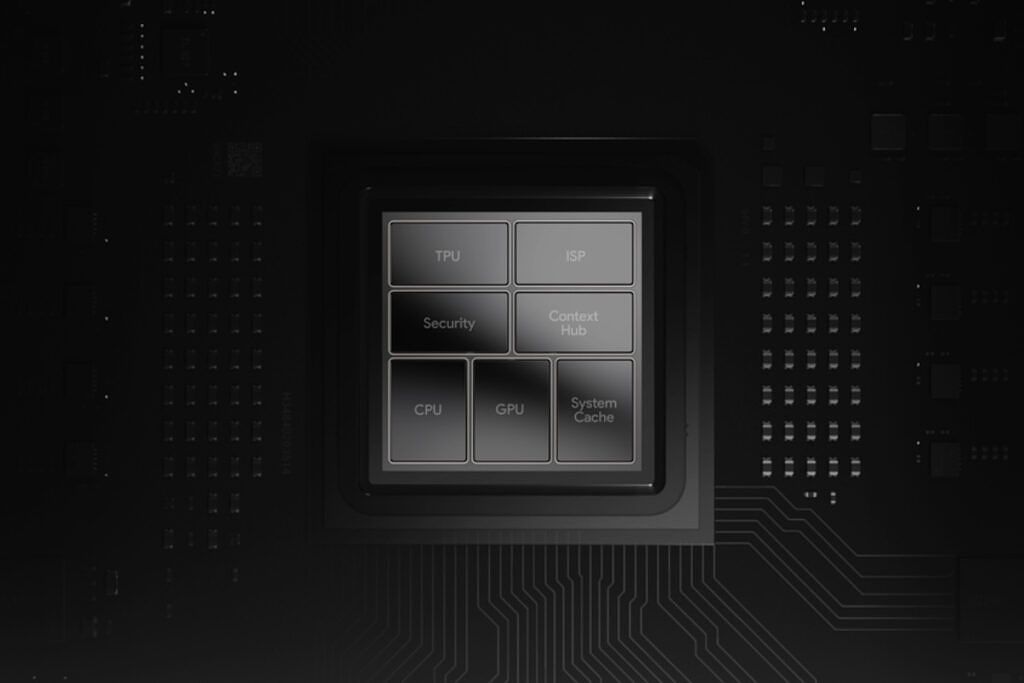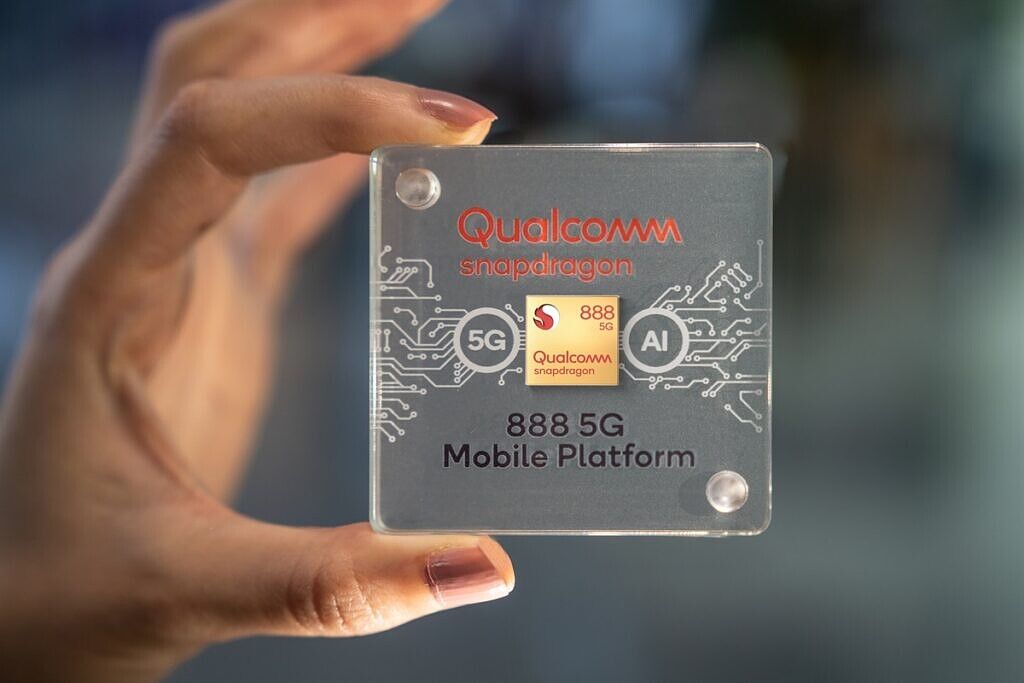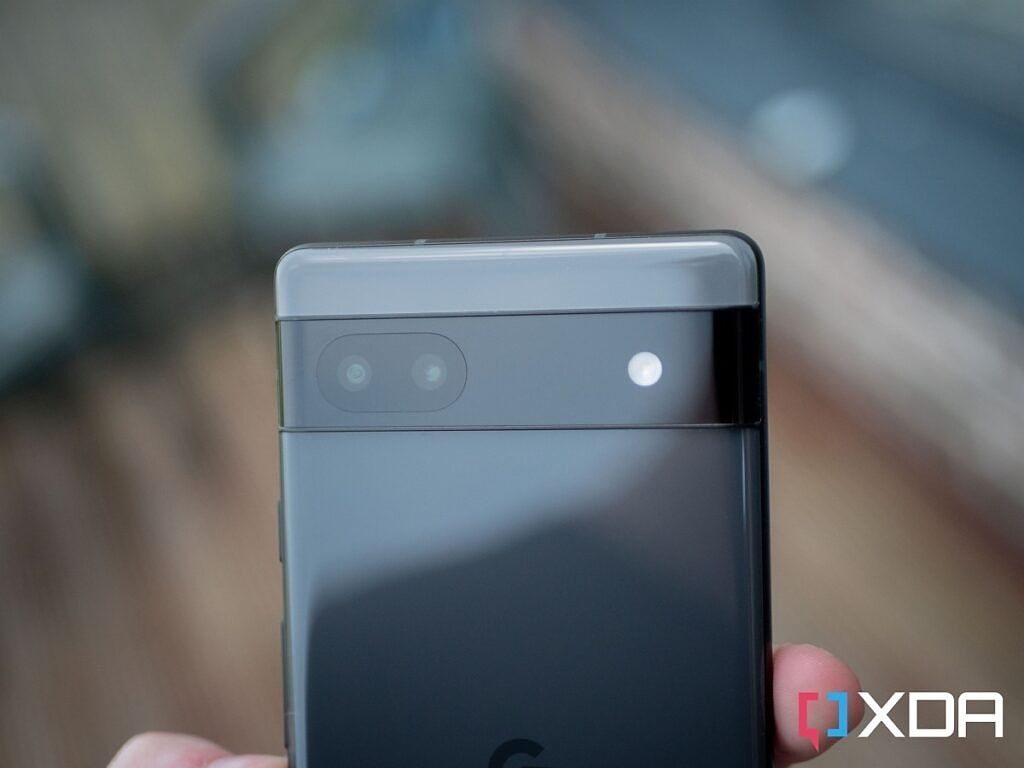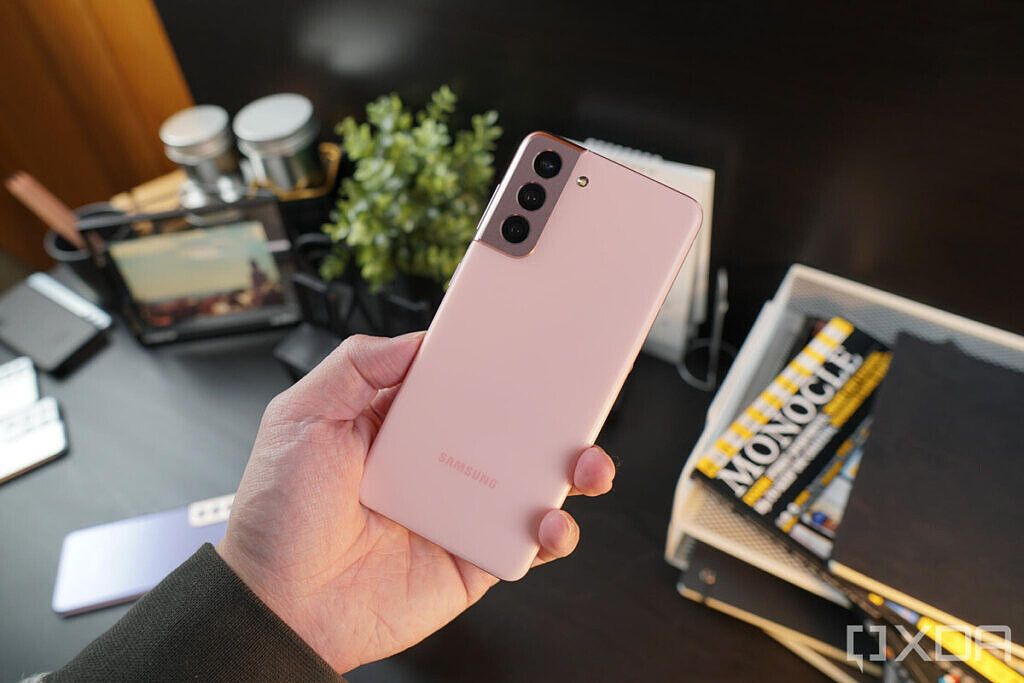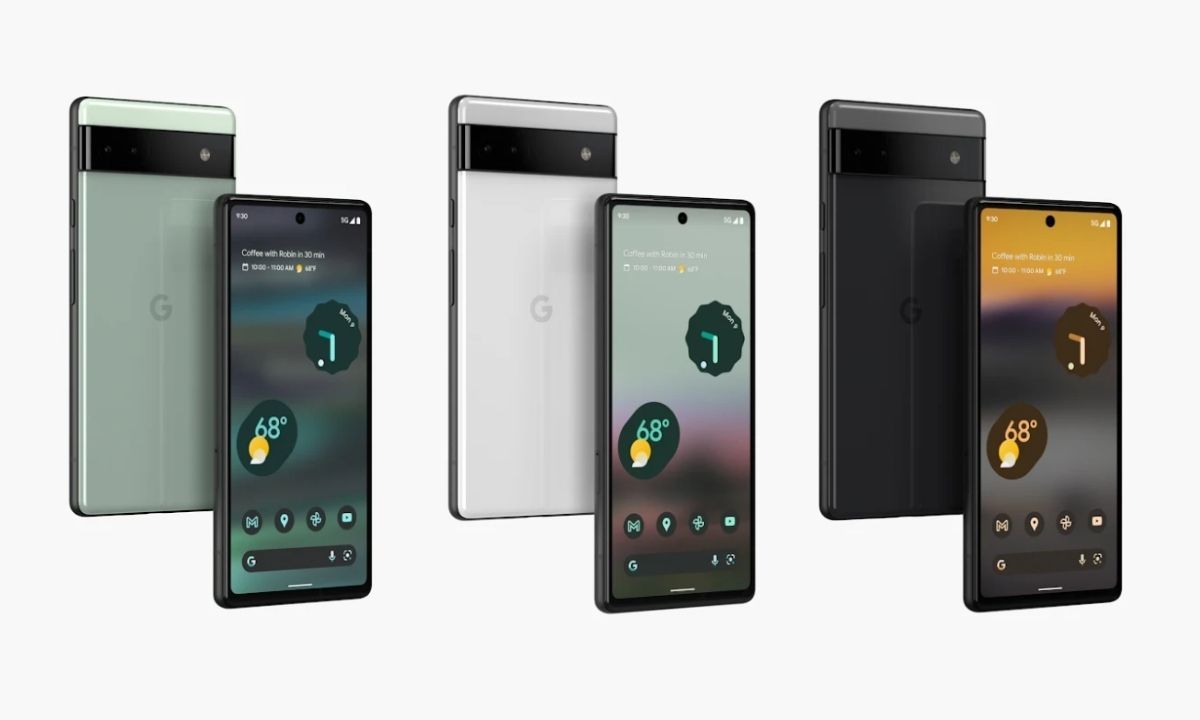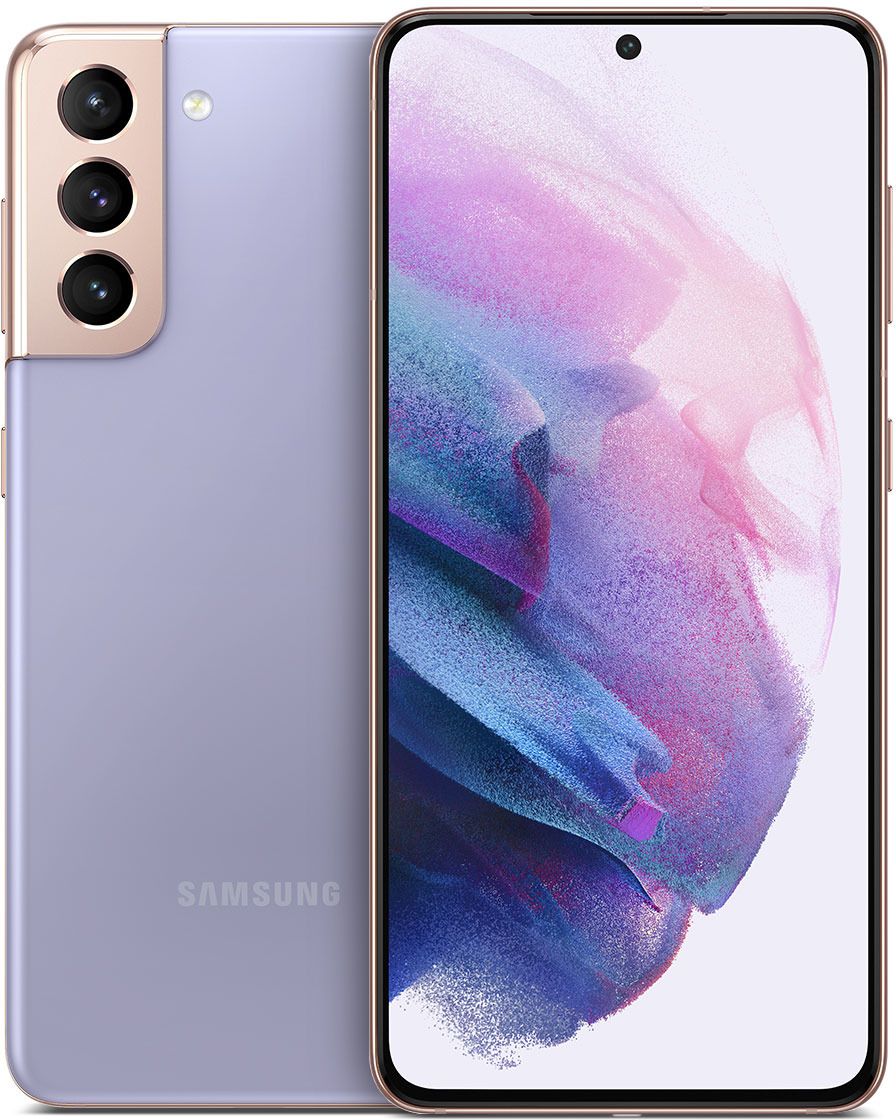There's a balancing act when producing an affordable smartphone that's hard to accomplish. Buyers are more educated than ever, so hitting the sweet spot by choosing the right compromises is becoming increasingly more challenging. But, with careful planning, it's possible. There are choices that need to be made, but if done correctly, a company can execute something reliable, beautiful, and at a reasonable price. Google and Samsung walk the tightrope with the Pixel 6a and Galaxy S21, but can they produce handsets that check all the boxes and still provide a premium experience?
Navigate this article:
- Specifications
- Build and Design
- Display
- Performance
- Cameras
- Battery Life and Charging
- Google Pixel 6a vs Samsung Galaxy S21: Which one should you buy?
Google Pixel 6a vs Samsung Galaxy S21: Specifications
|
Google Pixel 6a |
Samsung Galaxy S21 |
|
|---|---|---|
|
Build |
|
|
|
Dimensions and Weight |
|
|
|
Display |
|
|
|
SoC |
|
|
|
RAM and Storage |
|
|
|
Battery and Charging |
|
|
|
Security |
|
|
|
Rear Camera(s) |
|
|
|
Front Camera(s) |
|
|
|
Ports |
|
|
|
Connectivity |
|
|
|
Software |
|
|
|
Price |
|
|
Build and Design
There's a distinct look with the Pixel 6a, and you'll either love it, hate it, or eventually warm up to it. So if you don't like it at first glance, let the design marinate inside your mind. After some time, you could find some beauty in it. If you hate it, it might be best to move on. Of course, if you want the phone, worst comes to worst, you could try covering it with a case. The front of the phone looks fairly standard, but the rear, with its distinctive camera visor, now that's a point of contention. The visor is polarizing, but at the same time, it has become a symbol for the Pixel line. So much so that Google continues to use the design going forward in its upcoming Pixel 7 series.
Beyond the physical shape of the phone, you get great attention to detail with the dual-tone color aesthetic. While it is hard to see in the image above, Google chooses to mix two colors that are just a shade off for a subtle contrast. If you look closely, you can see that the color above the camera visor is different than the one below. Running with the theme from previous Pixels, Google continues to use muted colors for its phones, offering choices like Charcoal, Chalk, and Sage. No matter which you choose, you can't really go wrong. As far as quality, the rear of the device feels great, despite it being made from plastic. The texture mimics a rear panel made of glass, making it difficult to tell without being told. The phone's sturdiness comes from the aluminum mid-frame that is sandwiched between the front display and the back panel. This kind of construction offers the best of both worlds, a phone that is light but also sturdy.
The Samsung Galaxy S21 has a design that is sleek and subtle. The front display doesn't draw your attention, featuring a thin chin and even thinner bezels around the screen. But where things look different is the rear, where Samsung has done something that no other phone manufacturer really has. The company has taken its camera bump and cleverly incorporated it into the phone's design. The Galaxy S21 takes the traditional camera bump and shifts it towards the outer edge of the device, blending it into the side bezel. Now, some would argue that this looks bad, but this is subjective.
One thing that can be agreed upon is that the handset looks a bit more svelte thanks to the minimal bump on its rear. While the rear of the device looks unassuming, the premium look and feel of the handset come from the use of plastic. That's right, while the company traditionally uses glass on its back panels, for the Galaxy S21, the company chose to go with a high-quality gloss plastic that not only looks and feels good but is also quite rugged. Samsung being Samsung, the Galaxy S21 comes in a wide range of colors, so there is something for everyone.
Display
The Pixel 6a features a flat 6.1-inch OLED screen with a refresh rate of 60Hz, and a resolution of 1080 x 2400 pixels. The bezels around the screen are minimal, but you notice them much less thanks to the transition to the aluminum mid-frame of the same color. The screen also has a tiny chin at the bottom of the display, but again, nothing to be concerned about. There is also a small camera cut out towards the top center part of the screen. Both elements disappear when the phone is used daily and becomes barely noticeable after a week of use. Since this is an OLED display, bright colors look lively, and blacks are dark, melting seamlessly into the side bezels of the screen. The Pixel 6a gets pretty bright indoors but does struggle a little bit under sunlight. If outdoors, you will still be able to see the screen, but the colors might not look as vibrant. This isn't a huge issue, as most smartphones struggle under these kinds of circumstances.
The OLED display hosts the in-display fingerprint reader, and when tested, it worked pretty well. The fingerprint reader was relatively accurate and took about half a second to unlock. There were some instances where it would take a second try to unlock the display, but nothing to get worried about. Overall, this is a pretty good screen, giving you everything that you need in most scenarios. While it could be better in outdoor scenarios, most phones struggle to try and outdo the sun.
Samsung tends to produce some of the best OLED displays on the market; with that said, the display on the Samsung Galaxy S21 is great. The screen on the Galaxy S21 is vibrant, bright, and also crisp. Furthermore, it offers a 120Hz refresh rate with a resolution of 1080 x 2400 pixels. The flat 6.1-inch screen also has a small cut-out on the front for its front-facing camera and has an in-display fingerprint reader that is quick. As far as performance goes, the display does quite well under sunlight, punching up the brightness when necessary. While it does have the ability to run at 120Hz, it is dynamic, going down to 48Hz when necessary to conserve battery.
Both displays provide a great viewing experience for most use cases. Perhaps what will make the most difference between the two is the refresh rate. For those that have never experienced a 120Hz refresh rate, you won't notice what you're missing if you go with the Pixel 6a. But if you've had past experience with a faster panel, the phone might leave you wanting more. If you're not too sure about this, try heading to your local shop to try the phones that are on display. But if you need to choose without experiencing it, either of these displays is a great choice.
Performance
The Pixel 6a is a mid-range phone, but it packs a processor that was featured in Google's flagship phones, the Pixel 6 and Pixel 6 Pro. The Tensor is Google's first attempt at making its own processor, and for the most part, it's a very good chip. It's powerful in all of the right ways and also has a special architecture that makes machine learning more efficient. The Google Tensor SoC was released towards the tail end of 2021 and competed with Qualcomm's Snapdragon 888 and Samsung's Exynos 2100 processors.
We did some testing and found that the SoC was good for day-to-day use but got hot when used for more intensive tasks like gaming. The phone would also throttle heavily, cutting its performance to nearly half. While there wasn't a concrete reason why these things were occurring, Conway speculated that it might be due to the lower amount of RAM found in the Pixel 6a. Again, this isn't a bad chip, it's a top-tier chip that just doesn't perform to its intended specifications. But, in day-to-day use, it should be fine, and it should be able to handle all the things you need it to and more.
The Qualcomm Snapdragon 888 was one of the top-of-the-line processors for 2021. There was a Qualcomm Snapdragon 888 Plus model, but it was launched later in the year after the Samsung Galaxy S21 was released. Regardless, the Snapdragon 888 was and still is a top performer. It hits high marks in all aspects of performance, and there really isn't much bad to say about the processor. Those that play games will be happy to know that developers often tend to optimize their titles for Qualcomm processors, so this chip should be no different. With that said, if there is one thing to note about the chip is that it can sometimes get hot, which can be a concern for someone who uses their handset under load for prolonged periods of time. If you're a person that likes to see numbers, go ahead and check out our benchmark tests comparing it to some other Qualcomm Snapdragon processors.
In this showdown, the Qualcomm Snapdragon 888 processor is just an overall better chip when compared to the Google Tensor SoC. However, Qualcomm's chip isn't vastly superior, but it does manage to best the Google Tensor processor in almost every category. Also, as mentioned before, since Qualcomm processors are used in many handsets, some things, like games, are just better optimized for the chipset. But, just from average use, performance-wise, you should be happy with either chip.
Cameras
The Google Pixel line has been known for two things: having the latest software updates and also a really good camera. Six generations later and both of those things still hold true. The Google Pixel 6a has a great camera, utilizing a 12MP primary sensor paired with a 12MP ultra-wide. While it doesn't use the latest hardware available in it, it can still pull off reliable results thanks to its computational photography. With the Pixel 6a, it takes things further with the Tensor processor, combining traditional hardware and machine learning. With the Tensor processor, there are things that can be done on a Pixel that cannot be achieved on a competing smartphone.
Live HDR+, Night Sight, Real Tone, and Frequent Faces are just to name a few. But there's also Face Unblur, creative effects, and even editing tools like Magic Eraser. Some of these have been replicated by others, while some are wholly unique to Pixel handsets. While you might not use every tool in Pixel's arsenal, it's good to know that you have it. For the most part, some of these just work without extra thinking. You just shoot your shots, and if something isn't right, you can sometimes change it for the better later. It's like your camera is always thinking ahead. Ready for whatever comes its way. It's impressive when you see it in action, and for the most part, it works.
Samsung first introduced the Galaxy S line 12 years ago, and with each iteration, it has strived to improve nearly every aspect of its phones. With the Galaxy S21, it has pretty much peaked, delivering some of the best pictures and videos that a Samsung can deliver. While most of the camera specifications are the same as what you'd find in the more expensive Galaxy S21 Ultra, there are some differences, like having a lower zoom range. But, beyond small things like that, it is almost identical. You get excellent quality shots during the day, with sharp and colorful details. If you feel the need to zoom into your subject, you can, as the Galaxy S21 offers Space Zoom with up to 30x zoom.
Those taking selfies will be happy to know that Samsung also uses computational photography to clean up any blemishes with AI Restoration and also enhances the picture using artificial studio lighting. If you're not into that, you can always turn it off. For night photos, Samsung has its own version of Night Sight called Bright Night, giving you the power to take photos in underlit or dark areas. If you're in a picturesque spot but can't decide what kind of photo or video to take, how about just taking using every option available? While that might sound weird, Single Take is a mode that will use all the cameras on the phone to take 14 different kinds of photos and videos all at once. If there's one thing about Samsung, they will give you everything that you need, and sometimes it can be overwhelming. But it's nice to know that you'll never feel empty-handed when it's time to grow.
Battery Life and Charging
Both of these phones come with a similar-sized battery, with the Galaxy S21 packing a 4,000mAh battery versus the Google Pixel 6a, which has a 4,410mAh battery. Both of these phones can give you all-day battery life with normal use, and both can also be killed in a day with heavy use. In this category, Samsung gets a leg up with its faster-charging speed, coming in at 25W versus 18W on the Pixel 6a. The Galaxy S21 also supports wireless charging at 15W, whereas the Pixel 6a does not offer any sort of wireless charging at all. Last but certainly not least is that the Galaxy S21 offers reverse wireless charging at 4.5W. While not the most practical, it can come in handy when charging up a peripheral like a smartwatch or wireless earphones. You can also charge other smartphones, but I wouldn't recommend it.
Google Pixel 6a vs Samsung Galaxy S21: Which one should you buy?
Sometimes, when you pit two smartphones against each other, it becomes a hard decision. You can't just always factor in the tangibles and oftentimes have to look beyond that to get an answer. Sometimes, there just isn't an answer, and it's really just about what the user might need at the time or what they feel. Thankfully, with the Google Pixel 6a and Samsung Galaxy S21, it's just a completely different story. While earlier we spoke about tangibles, the price difference here is so drastic that you really can't compare the two.
The Galaxy S21 is a great phone, offering top-of-the-line specifications with Samsung cutting just the right amount of stuff from the phone to get it to a competitive price. The execution of the Galaxy S21 comes from a culmination of years of experience. You get a phone with a powerful processor, excellent display running at 120Hz, a sleek design, impressive camera, and it comes in various colors. Now, this is something you must expect when you are paying $799. It packs everything that you could want in a phone, costing $799, which Samsung previously charged $999 for. The Galaxy S21 becomes a better argument the more it drops in price, so if you get closer to the $600 price tag, then it makes more sense to go with it. Samsung also offers crazy trade-in deals on its current year lineup, which would be the Galaxy S22 series at the time of writing this, in which case, foregoing both the Galaxy S21 and the Pixel 6a in favor of a Galaxy S22 is simply a no-brainer that you should immediately jump on.
The Pixel 6a, on the overhand, is a great attempt at making a mid-range affordable smartphone. With a retail price of $449, oftentimes coming in at much less, the phone is in a different category when compared to Samsung. Mind you, this isn't a bad phone by any means, offering a unique design that feels quite premium. Furthermore, the handset is also powered by a good processor, features a camera that performs quite well in most conditions, and will always get the latest software updates as long as it is supported by Google. This is what you'd want if you were diving into Android.
With that said, both phones are great options, but it depends on what you are willing to pay. There is a $350 price gap here, so you'll have to see what fits your budget. If the Samsung Galaxy S21 is feasible, go for it. If not, there's nothing wrong with buying the Google Pixel 6a. Whichever you choose, be sure to use the link below to get the best price currently available.

